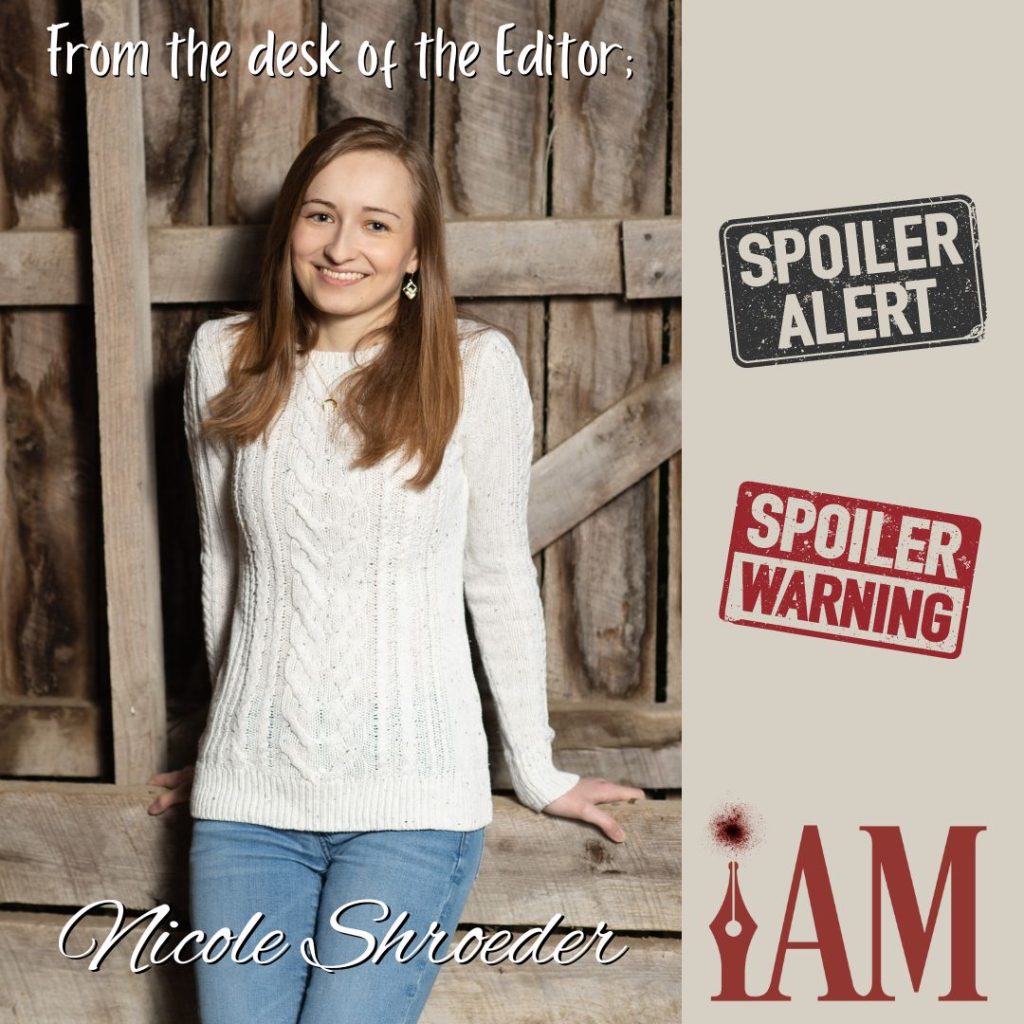Blame it on how invested I am in superhero movies, but I am paranoid about spoilers. If I’m worried about encountering a leaked plot twist from a movie, book, or game, I will take a social media hiatus and resort to childhood playground levels of avoidance: plugging my ears and shouting “la, la, la” until the danger has passed.
But I make an exception for Horror. I cannot handle the genre—and the only way I can is by immediately reading the complete synopsis, spoilers and all, so there are no surprises lurking around the corner.
I’ve never been a fan of Horror. In my previous magazine job before joining IAM, I even wrote an article in which I tried to discover the secret to enjoying it. But the terrifying truth about Horror, at least for scaredy-cats like me, is that it isn’t going anywhere. From 1700s Gothic literature to modern-day slasher films turned blockbuster hits, people have always craved the genre. It taps into our instinctual desire to survive and makes us feel that we’ve truly lived through the perils of the story alongside the main character.
As much as I may try, it’s also unavoidable. Horror promises its audience a certain level of spine-tingling spookiness, but as both Trope Thesaurus author Jennifer Hilt and IAM staff writer and Horror author David Viergutz point out in this month’s issue, its standout tropes can also show up in any genre. The “final girl” trope is just as relevant in Fairy-Tale Retellings, and “the impostor hidden in plain sight” is a favorite among Mystery authors. Romance readers love the “forbidden fruit” trope as much as Horror readers—even if there is a happier ending for one set of characters than another.
Horror as a genre may have me hiding my face in my hands, but horror as an emotion is essential to good storytelling. And like any good Horror villain, it’s always there, hiding in the shadows and biding its time, no matter the stories you write …
Use it cautiously, authors.
Nicole Schroeder
Editor in Chief

